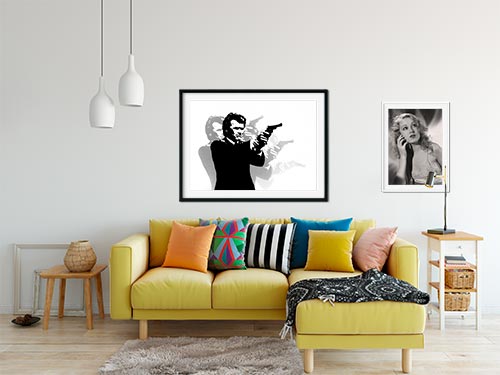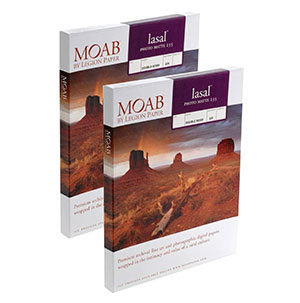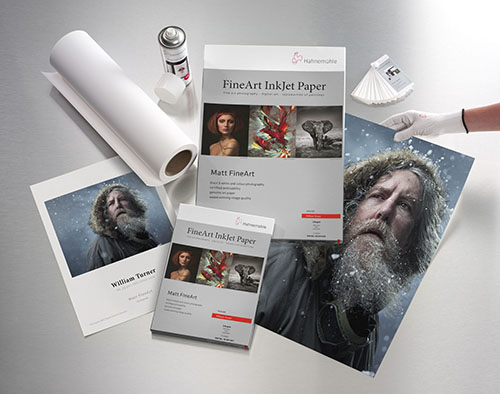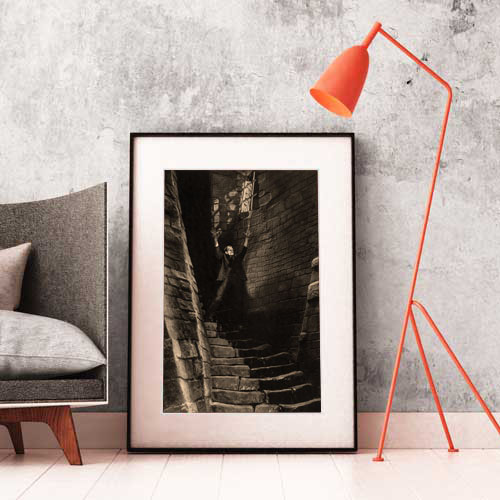Iconic theatrical publicity photograph featuring Boris Karloff (The Monster) frantically walking down the the stone steps leading to the dungeon.
Frankenstein is a 1931 American pre-Code science fiction horror film directed by James Whale, produced by Carl Laemmle Jr., and adapted from a 1927 play by Peggy Webling, which in turn was based on Mary Shelley's 1818 novel Frankenstein; or, The Modern Prometheus. The Webling play was adapted by John L. Balderston and the screenplay written by Francis Edward Faragoh and Garrett Fort, with un-credited contributions from Robert Florey and John Russell.
Frankenstein stars Colin Clive as Henry Frankenstein, an obsessed scientist who digs up corpses with his assistant in order to assemble a living being from body parts. The resulting creature, often known as Frankenstein's monster, is portrayed by Boris Karloff. The make-up for the monster was provided by Jack Pierce. Alongside Clive and Karloff, the film's cast also includes Mae Clarke, John Boles, Dwight Frye, and Edward Van Sloan.
Produced and distributed by Universal Pictures, the film was a commercial success upon release, and was generally well received by both critics and audiences. It spawned a number of sequels and spin-offs, and has had a significant impact on popular culture: the imagery of a maniacal "mad" scientist with a subservient hunchbacked assistant and the film's depiction of Frankenstein's monster have since become iconic. In 1991, the United States Library of Congress selected Frankenstein for preservation in the National Film Registry as being "culturally, historically, or aesthetically significant".
In 1930, Universal Studios had lost $2.2 million in revenues. Within 48 hours of its opening at New York's Roxy Theatre on February 12, 1931, Dracula starring Bela Lugosi had sold 50,000 tickets, building a momentum that culminated in a $700,000 profit, the largest of Universal's 1931 releases. As a result, the head of production, Carl Laemmle Jr., announced immediate plans for more horror films. It purchased the film rights to John L. Balderston's planned stage adaptation of Peggy Webling's British stage adaptation of Mary Wollstonecraft Shelley's original novel.
Kenneth Strickfaden designed the electrical effects that were used in the "creation scene". They were so successful that such effects came to be considered an essential part of every subsequent Universal film involving Frankenstein's Monster. Accordingly, the equipment used to produce them has come to be referred to in fan circles as "Strickfadens". It appears that Strickfaden managed to secure the use of at least one Tesla Coil built by the inventor Nikola Tesla himself. The film opened in New York City at the Mayfair Theatre on December 4, 1931, and grossed $53,000 in one week.
Florey and Lugosi were given the Murders in the Rue Morgue film, as a consolation. Lugosi would later go on to play Frankenstein's Monster in Frankenstein Meets the Wolf Man a decade later, when his career was in decline (in the original shooting script the Monster spoke, cancelling Lugosi's initial objection to the part, but his filmed dialogue sequences were cut prior to release, along with the premise that the Monster was blind, which was the way Lugosi had played it).
The scene in which the Monster throws the little girl, Maria, into the lake and accidentally drowns her has long been controversial. Upon its original 1931 release, the second part of this scene was cut by state censorship boards in Massachusetts, Pennsylvania, and New York. Those states also objected to a line they considered blasphemous that occurred during Frankenstein's exuberance when he first learns that his creature is alive.
Product Enquiry
Kodak Professional Endura Paper
Kodak Endura papers provide an incredible amount of detail and smooth transition of tones. Designed for the professional photographer in mind, looking for a more traditional photo print style, Kodak Endura provides an extended print life and color gamut almost at the level of a high end fine art paper print.
Archival Matte Paper
Archival Matte Paper, also known as Moab Lasal Photo Matte, is our house stock fine art paper and is an economical favorite for fine art reproductions and photo prints. It features a smooth surface, heavy weight (230 g, 9.5-mil), neutral white, matte paper engineered for accurate color reproduction that provides high contrast and high-resolution output. This paper is acid-free, making it the perfect choice for both photography & fine art reproductions.
Giclee William Turner Paper by Hahnemühle
The William Turner by Hahnemühle is one of the most popular papers used in the Giclee printing industry. This is a 310g natural white mould made natural line paper with 100% rag content making it highly archival. It has a slight coarse texture which gives photos and artwork an elegant look. These fine art paper prints (also known as Giclee) are ordered by galleries, individual artists and photographers. The papers and inks are not only archival but use some of the most accurate print technology for full color prints.
- Giclee prints use very expensive archival pigmented inks.
- Highest level of color gamut available in printing (12 color printing).
- Exceptional black & white printing.
- Fade resistant, pigmented inks which provide a superior color range compared to other types of inks. Widely preferred in fine art and photography circles.
- We ONLY use professional grade fine art and photo paper that resist yellowing and aging.



Framing
We offer wood and metal frames, custom cut & joined to order. Each framed print includes hanging hardware and foamcore backer.
Matting
We use conservation grade 100% virgin alpha-cellulose 2 ply mats with white core. Acid-free and lignin-free, these are both face resistant and meet all conservation quality standards set by the Fine Art Trade Guild. Mats are digitally cut for ultimate precision. The window will be 1/8″ smaller than the print dimensions.
Glazing (Acrylic Glass)
We offer custom cut panes of shatter-proof, acrylic glass, to protect your valuable artwork and prints.
Premium Clear
Framing grade clear acrylic is shatter resistant and lightweight.
Reflection Control
With its matte finish, Tru Vue Reflection Control® Acrylic scatters light to diminish unwanted glare.
Conservation Clear
Tru Vue Conservation Clear® Acrylic is a framing industry staple, blocking up to 99% of UV rays for ultimate protection.
Conservation Reflection Control
Tru Vue Conservation Reflection Control® Acrylic scatters and diffuses light to reduce unwanted glare. Blocks up to 99% of UV rays.







